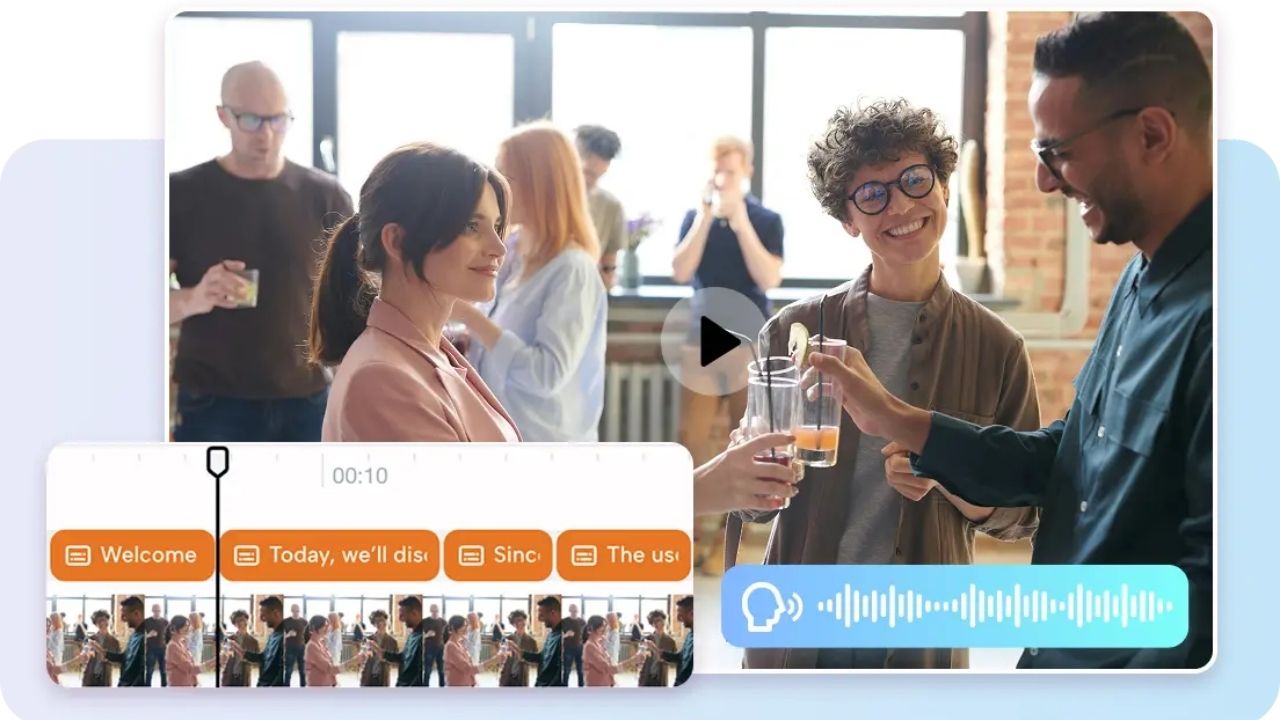Videos are watched by people all over the world, not all of them speak the same language. That is the reason why transcribe video to text has gained such significance. The text form of what is being said in a video is simply referred to as a transcription. When this text is developed, it can be translated into other languages to ensure more people get to understand the message. The use of tools like Pippit can make this process quick and efficient and ensure that videos reach broader audiences without experiencing loss of meaning.
Why Translation Matters
A monolingual video has a small audience. An example is that a Spanish/ French speaker might not understand a marketing video in English. Translating the transcription helps break down these barriers. It allows the video to acquire international viewers and the material to be more wholesome. It can be beneficial not only to businesses but also to educators, institutions, and authors who want to spread their message to more individuals.
The First Step: Transcribing the Video
The process begins with creating a transcription. This is achieved through converting the verbal words in the video to text. This can be done with the help of numerous tools, such as AI-based software, and can be performed in a short period of time and with a high level of accuracy. After the transcription has been done, the transcription will form the foundation text on which translations can be done into other languages. In the absence of this step, translation would be quite difficult and inaccurate.
Adding Translated Text to Videos
After the translation of the transcription is done, it can then be incorporated into the video as captions or subtitles. It is this that enables individuals of different languages to follow. Captions not only benefit non-native speakers, but also viewers who have hearing problems. On some sites, the viewer can even change between the available subtitle options and thus have a language choice during playback.
The Role of Pippit in Translation
One of such platforms is Pippit, which assists with transcription and translation. It is meant to simplify it for its owners who wish to expand the number of people who can access their content. Pippit makes videos more accessible in other countries and cultures through transcription and translation features. This saves time and, at the same time, the final outcome is correct and simple to interpret.
Benefits of Multilingual Videos
Translating video transcriptions into multiple languages has many benefits. Companies will be able to reach out to customers all over the world, educators can share their lessons with students worldwide, and content creators can form more robust worldwide communities. It enhances trust as well, as the viewers feel that they are valued when they get content in their own language.
Conclusion
Video transcriptions are easily translated into several languages as an effective means of reaching more individuals. It begins with the transcription, and the further process involves the translation and subtitles with the help of trusted tools. The platforms, such as Pippit, can make this process more accurate and easier. Ultimately, translation makes sure that videos can be transnational and connect people by means of transparent communication.


